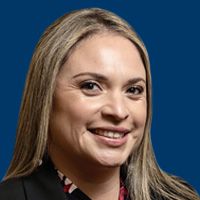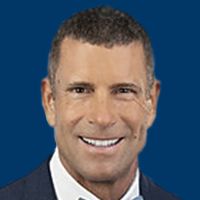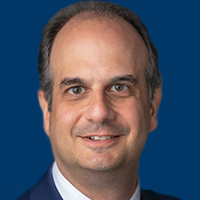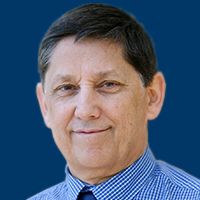The Phase II EZH2 Inhibitor Trial
Transcript:
Ian Flinn, MD: One of the drugs that’s being presented at the ASH [American Society of Hematology Annual Meeting & Exposition] this year is an EZH2 inhibitor. Of course, if you want to know whether you have a mutation there, you have to sequence the patients. John, what’s your take on these data and the necessity for doing mutation analysis?
John Leonard, MD: I think it’s an interesting approach. EZH2 mutations are seen in a small subset of follicular lymphoma patients. However, EZH2 is relevant to germinal center biology and other potential biology in B-cell lymphomas. And so inhibition or EZH2 is potentially relevant and so far clinically relevant regardless of whether you have any EZH2 mutation. That said, tazemetostat, which is an oral inhibitor of EZH2, is basically active in follicular lymphoma. I think that’s, at least so far, the place where it’s been most significantly active.
Whether you have an EZH2 mutation, it’s active. In the wild type, or unmutated, without EZH2 mutations, the response rates are roughly 35% or so in current follicular lymphoma patients. However, the mutated group of patients has about a 70% response rate. These are, in both groups, out over a year median so far. The drug is pretty well tolerated and has some cytopenias, some GI [gastrointestinal] toxicity. But I would say, at least so far, it hasn’t had dramatic toxicities much beyond that.
To the extent that your chance of responding is 70% versus 35%, knowing an EZH2 mutational status is something that would be helpful. That said, even if you don’t know it, the patient has a reasonable change of responding to this treatment as well, even if they’re of the wild type.
I think that EZH2-mutation panels are part of some of the panels that are out there that people are occasionally sending for follicular and other lymphoma patients. That said, having a need to check a mutational panel and having something actionable will make that more commonly done. I could envision a scenario where the use of this drug wouldn’t exclusively be in the mutated patients, but people will be more routinely checking this in, at least relapsed patients, and potentially treating relapsed patients with this agent preferentially, although they may also use it even if they don’t see a mutation.
Pier Luigi Zinzani, MD, PhD: So first only 15% of the patients need it.
John Leonard, MD: Right.
Ian Flinn, MD: Do you use it in the mutated group? You told us about the results, but is it high enough? Is that good enough for you to use it no matter what? And that would argue against testing, right?
Pier Luigi Zinzani, MD, PhD: Yeah, but at the end of the day in wild type, as I said before, the overall response rate is no more than 35% with few patients who can obtain CR [complete response].
Ian Flinn, MD: And how durable are those remissions?
Pier Luigi Zinzani, MD, PhD: The median duration is 10 to 11 months.
Transcript Edited for Clarity



